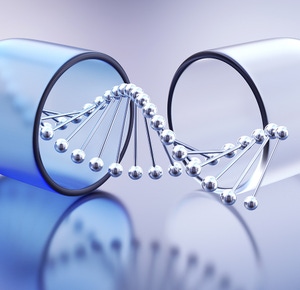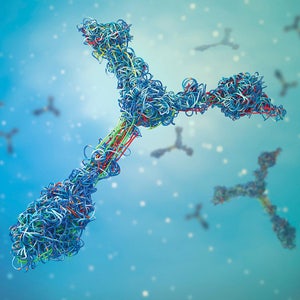

HTRF Human and Mouse Total CDK8 Detection Kit, 10,000 Assay Points
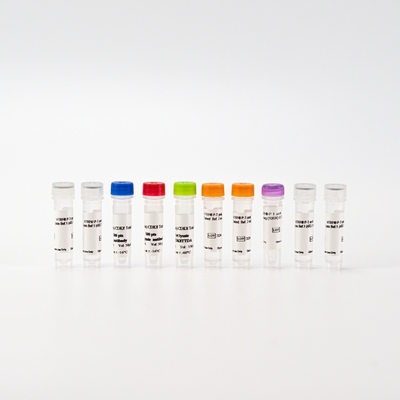

HTRF Human and Mouse Total CDK8 Detection Kit, 10,000 Assay Points
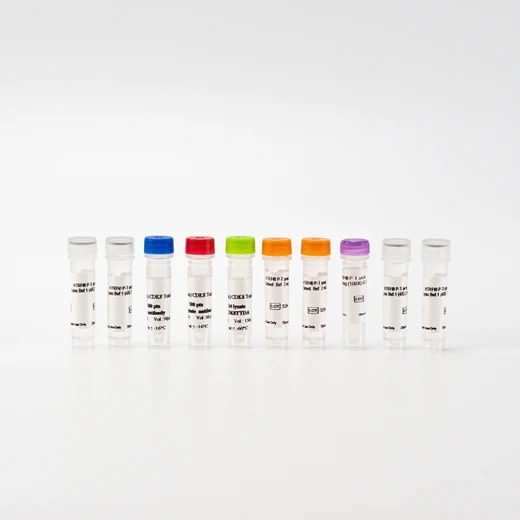


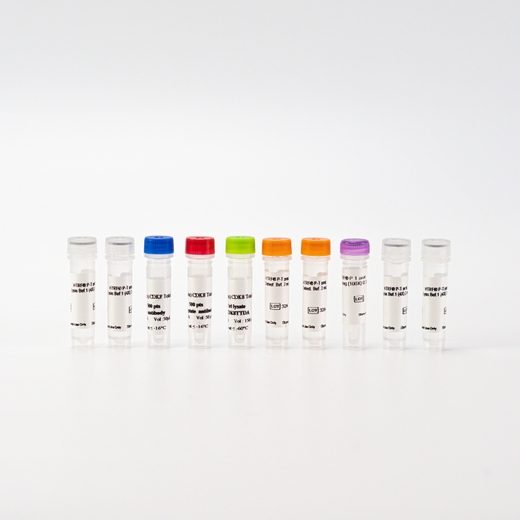


The Total CDK8 kit is designed to monitor the expression level of cellular CDK8 (Cyclin-Dependent Kinase 8).
| Feature | Specification |
|---|---|
| Application | Cell Signaling |
| Sample Volume | 16 µL |
The Total CDK8 kit is designed to monitor the expression level of cellular CDK8 (Cyclin-Dependent Kinase 8).



HTRF Human and Mouse Total CDK8 Detection Kit, 10,000 Assay Points



HTRF Human and Mouse Total CDK8 Detection Kit, 10,000 Assay Points



Product information
Overview
CDK8 and its paralog, CDK19, also named "Mediator Kinase" are cyclin-dependent kinases that have been implicated in cellular homeostasis and developmental programming. CDK8 and CDK19 are incorporated, in a mutually exclusive manner, as part of a 4-protein complex called the Mediator kinase module. This module reversibly associates with the Mediator, a 26 subunit protein complex that regulates RNA Polymerase II mediated gene expression. CDK8 has been implicated in the development of different human diseases, and in particular cancer.
Specifications
| Application |
Cell Signaling
|
|---|---|
| Brand |
HTRF
|
| Detection Modality |
HTRF
|
| Lysis Buffer Compatibility |
Lysis Buffer 1
Lysis Buffer 2
Lysis Buffer 3
Lysis Buffer 4
|
| Molecular Modification |
Total
|
| Product Group |
Kit
|
| Sample Volume |
16 µL
|
| Shipping Conditions |
Shipped in Dry Ice
|
| Target Class |
Phosphoproteins
|
| Target Species |
Human
Mouse
|
| Technology |
TR-FRET
|
| Unit Size |
10,000 assay points
|
Video gallery

HTRF Human and Mouse Total CDK8 Detection Kit, 10,000 Assay Points

HTRF Human and Mouse Total CDK8 Detection Kit, 10,000 Assay Points

How it works
Total CDK8 assay principle
The Total CDK8 assay quantifies the expression level of CDK8 in a cell lysate. Unlike Western Blot, the assay is entirely plate-based and does not require gels, electrophoresis, or transfer. The assay uses two labeled antibodies, one coupled to a donor fluorophore and the other to an acceptor. Both antibodies are highly specific for a distinct epitope on the protein. In the presence of CDK8 in a cell extract, the addition of these conjugates brings the donor fluorophore into close proximity with the acceptor and thereby generates a FRET signal. Its intensity is directly proportional to the concentration of the protein present in the sample, and provides a means of assessing the protein's expression under a no-wash assay format.

Total CDK8 two-plate assay protocol
The two-plate protocol involves culturing cells in a 96-well plate before lysis, then transferring lysates into a 384-well low volume detection plate before the addition of HTRF Total CDK8 detection reagents. This protocol enables the cells' viability and confluence to be monitored.

Total CDK8 one-plate assay protocol
Detection of Total CDK8 with HTRF reagents can be performed in a single plate used for culturing, stimulation, and lysis. No washing steps are required. This HTS designed protocol enables miniaturization while maintaining robust HTRF quality.

Assay validation
Total CDK8 degradation using JH-XI-10-02 PROTAC®
HT29 cells were cultured in a 96-well plate (50,000 cells/well) for 24h, and then treated with 3 concentrations of CDK8 PROTAC (JH-XI_10-02), CDK8 Warhead (Cortistatin derivative), or CRBN Binder (Pomalidomide) for 24 hours at 37°C, 5% CO2. After cell lysis, 16 µL of lysates were transferred into a 384-well low volume white microplate, and 4 µL of the HTRF Total CDK8 detection antibodies were added. The HTRF signal was recorded after an overnight incubation. CDK8 Protac induces partial CDK8 protein degradation, with a 41% signal decrease, compared to the cells treated with CDK8 Warhead and CRBN ligand (no signal change).
The compounds had no effect on cell proliferation or viability, as evidenced by constant ATP levels measured with the ATPliteTM assay.


Total CDK8 degradation in HT-29 and Jurkat cells
HT-29 and Jurkat cells were plated in complete culture medium in a 96-well culture-treated plate under 50,000 cells/well and incubated overnight at 37°C, 5% CO2. The cells were then treated with increasing concentrations of CDK8 PROTAC (JH-XI-10-02) for 24 hours, and then lysed with 50 µL of supplemented lysis buffer #1 (1X) for 30 minutes at RT under gentle shaking. For the detection step, 16 µL of cell lysate were transferred into a low volume white microplate and 4 µL of the Total CDK8 detection reagents were added. The HTRF signal was recorded after an overnight incubation.
Cell treatment with CDK8 PROTAC induced a partial degradation of the cellular content of CDK8 protein in Jurkat and HT-29 cells (50% and 40% degradation, respectively).


Specificity of Total CDK8 using siRNA
HT-29 cells were plated in 96-well plates (50,000 cells/well) and cultured for 24h. The cells were then transfected with siRNAs specific for CDK8 and CDK19, as well as with a negative control siRNA.
After a 48h incubation, the cells were lyzed and 16 µL of lysate were transferred into a 384-well low volume white microplate before the addition of 4 µL of the HTRF Total CDK8 detection antibodies. HTRF signals were recorded after an overnight incubation.
Cell transfection with CDK8 siRNA led to an 83% signal decrease compared to the cells transfected with the negative siRNA. No signal decrease was observed with cells transfected with CDK19 siRNA. The data demonstrate that the HTRF Total CDK8 assay is specific for the detection of CDK8 protein, and does not cross-react with CDK19.

Total CDK8 assay detection in various cell lines
The adherent Human cell lines HeLa, HT-29, and HCT116 or NIH-3T3 mouse cells were seeded at 100,000 cells / well in a 96-well microplate. After a 24H incubation, the cells were lyzed with supplemented lysis buffer, and 16 µL of lysate were transferred into a 384-well low volume white microplate before the addition of 4 µL of the HTRF Total CDK8 detection reagents. The HTRF signal was recorded after an overnight incubation at room temperature.
The HTRF Total CDK8 assay efficiently detects CDK8 in various cellular models expressing different levels of the protein.

HTRF (h/m) Total CDK8 assay compared to Western Blot
HT-29 cells were cultured in a T175 flask in complete culture medium at 37°C, 5% CO2. After a 48h incubation and cell medium removal, the cells were lysed with 3 mL of supplemented lysis buffer #1 (1X) for 30 minutes at RT under gentle shaking.
Serial dilutions of the cell lysate were performed using supplemented lysis buffer#1, and 16 µL of each dilution were transferred into a low volume white microplate before the addition of 4 µL of HTRF Total CDK8 detection reagents.
Equal amounts of lysates were used for a side-by-side comparison between HTRF and Western Blot.
In these conditions, the HTRF Total CDK8 assay was 16-fold more sensitive than the Western Blot technique.

Simplified pathway
CDK8 Signaling Pathways
CDKs are traditionally separated into 2 subfamilies: CDKs that coordinate cell cycle progression (CDK1, CDK2, CDK4, and CDK6) and transcriptional CDKs (CDK7, CDK8, CDK9, CDK12, and CDK13). CDK8/Cyclin C, along with Med12 and Med13, constitute a submodule within the Mediator Complex that is thought to act as a molecular switch, inhibiting Pol II recruitment and transcription initiation.
The CDK8 submodule can interact directly with transcription factors independently of the mediator complex to regulate signaling pathways. These actions include NOTCH-dependent signaling, transforming growth factor-β (TGF-β) and bone morphogenetic protein (BMP) receptor signaling, and signal transducer and activator of transcription (STAT) signaling.

Resources
Are you looking for resources, click on the resource type to explore further.
This guide provides you an overview of HTRF applications in several therapeutic areas.
Loading...


Recently Viewed
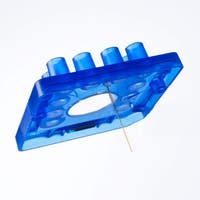
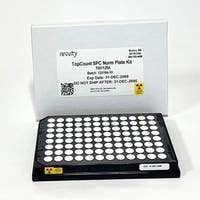
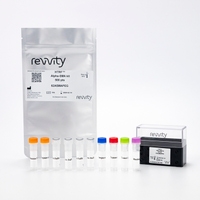
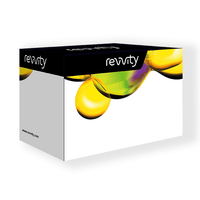
How can we help you?
We are here to answer your questions.







